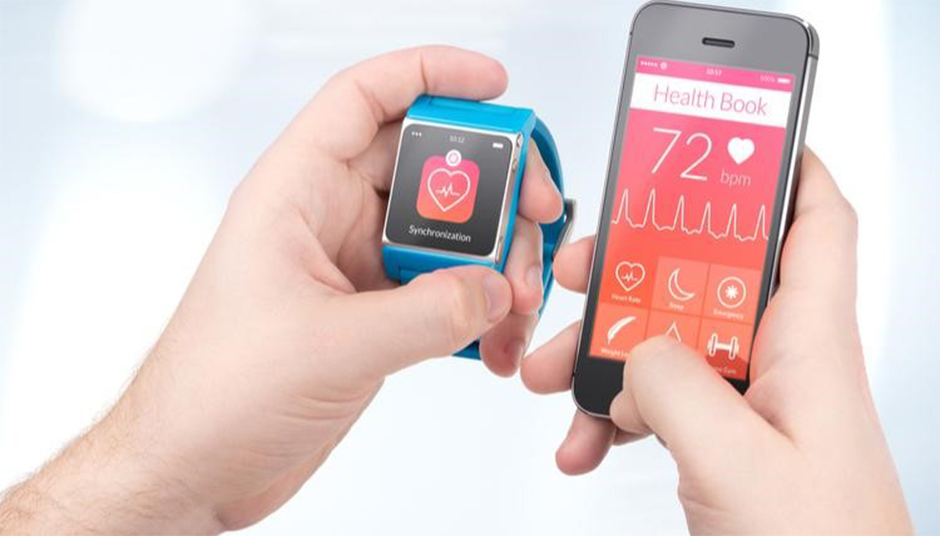The Internet of Things (IoT) is a complex concept that refers to the connection and integration of devices with the Internet, and the analysis of information collected from these devices. Data are collected and exchanged using sensors installed in the devices.
LoT developed from the convergence of a series of technologies, such as wireless communications, the advances of microelectromechanical systems and the evolution of the Internet as a means for collecting and processing data.
Nowadays, there are countless devices connected to the Internet, from coffeemakers to refrigerators. According to data from Gartner, by 2020 30 billion devices will be connected thanks to IoT. More specifically, within five years turnover for providers of IoT solutions is expected to be around 19 billion dollars. Several experts say this will bring about the next great revolution in digital technology.
A comprehensive view of health
Health is one of the sectors that benefit from the IoT. The clearest example are the wearable devices designed by brands such as FitBit, Nike, Jawbone, Samsung and Apple.
Wearables monitor the user’s physical activity, from the number of steps to the distance traveled to their sleep cycle. Devices that go a step farther allow you to measure your glucose, pulse and other medical parameters. FitBit wearables, for instance, even offer incentives for you to take care of your health by defining skills and challenges among users on social networks.
With a small device on the wrist or waist, the user is able to make informed decisions that are right for his health. In short, users take control of their physical condition.
But these tools are not new. The origin of wearable technology can be dated back to 1975 with the Pulsar Calculator Watch. The difference is that today information is recorded and sent to the cloud for processing. By combining and comparing data from these tools, users get a comprehensive perspective of their health.
Apps for a healthier life
The healthy revolution is supported by more than just wearables though. There are also apps intended to help the user follow a healthier and more balance diet.
A good example is MyFitnessPal, an easy-to-browse application that counts your calories and manages your diet. It is compatible with other similar applications and with wearables by Fitbit Jawbone.
Wearable technology at work
Companies have also joined the wearable trend. The popularity and success of these devices have shown that monitoring the health of employees offers remarkable benefits for businesses.
After weighing the pros and cons of the costs of sickness leaves vs. using wearables, companies have chosen the latter. These devices help increase workplace efficiency and productivity by monitoring the users’ sleep patterns and energy levels.
Also, wearables are advantageous in medical insurance. These devices promise to improve their users’ living conditions and safety. This is particularly relevant for sectors linked to medicine, aviation, heavy industry and the military.
Appirio implemented the use of wearables. Using FitBits, its employees are able to monitor their health conditions and upload information to the company’s internal social network. According to its Vice Chairman, Tim Medforth, the initiative has resulted in increased productivity and enhanced corporate reputation.
According to a study by the University of London on wearable technology, it is estimated that companies will see an 8.5% increase in productivity and a 3.5% increase in employee satisfaction if they incorporate this technology. Given these statistics, the popularity of wearables is bound to keep rising.
A controversial market
However, not all is positive in the world of wearable technology. Controversial issues such as invasion of privacy, hacking and the price of the devices are common topics of discussion concerning the IoT.
In a study by PWC on wearables in the workplace, around 40% of employees said they were not sure their company would not use the data for other purposes. However, the same report shows that millennials did not hesitate to use the devices in return for work benefits and a better working environment.
In spite of the controversy, according to reports by Gartner, in 2018 approximately two million workers will have to use wearable technology during their work day.
The IoT will remain at the forefront of the digital and data revolution in a wide range of sectors. From connected homes and vehicles to smart cities and wearables, the Internet of Things promises a future starring innovation and connectivity.
Are you interested in financial APIs? Discover all the APIs we can offer you at BBVA
Follow us on @BBVAAPIMarket











